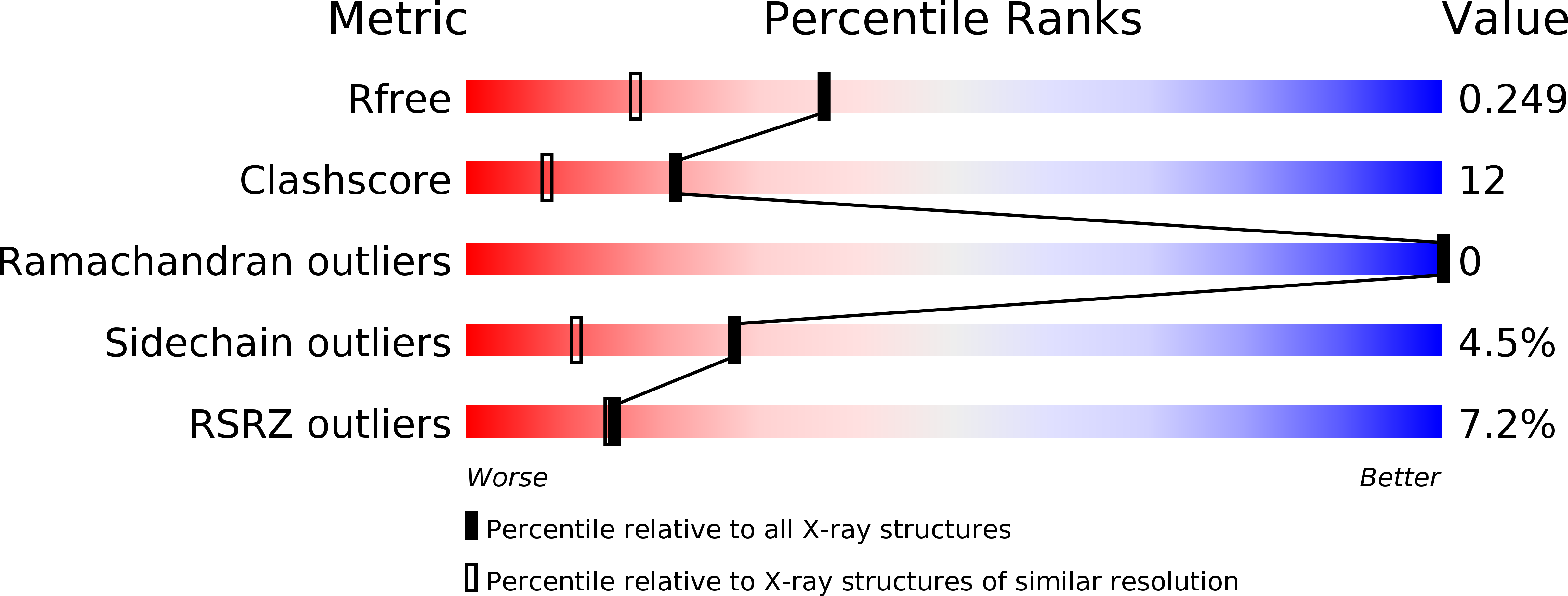
Deposition Date
2010-03-30
Release Date
2010-05-12
Last Version Date
2023-09-06
Entry Detail
PDB ID:
3MDF
Keywords:
Title:
Crystal structure of the RRM domain of Cyclophilin 33
Biological Source:
Source Organism:
Homo sapiens (Taxon ID: 9606)
Host Organism:
Method Details:
Experimental Method:
Resolution:
1.85 Å
R-Value Free:
0.23
R-Value Work:
0.21
R-Value Observed:
0.21
Space Group:
C 1 2 1


